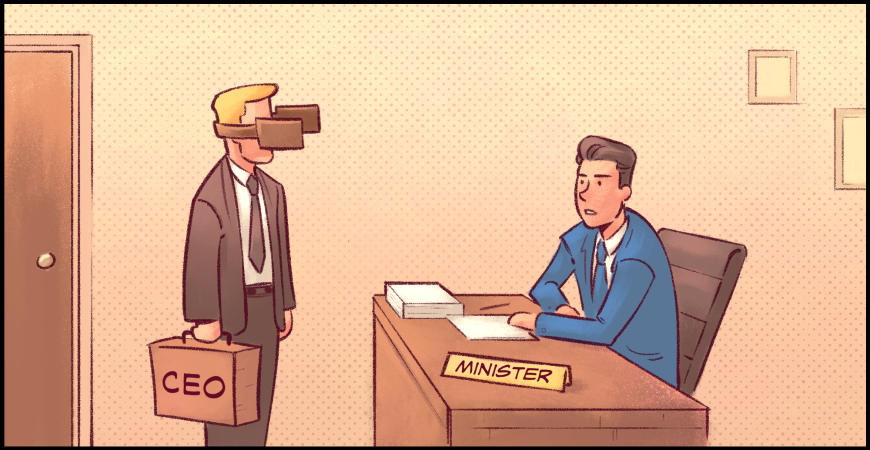By Jack Eaton
Former British Prime Minister Harold Wilson famously said, “a week is a long time in politics”. This is a phrase that should shape government relations strategies, yet can easily be overlooked. While it’s easy to think short term when it comes to engaging with government, political fortunes can change significantly and quickly.
Whether a minister retires, there’s an unexpected election result or a once-in-a-lifetime pandemic occurs, you never quite know what’s around the corner. As a result, it’s critical that government engagement looks beyond the short term. Here are a few things to consider to future-proof your government engagement.
- Prepare for and expect ministerial reshuffles
There were minimal portfolio changes throughout the first term of the McGowan Government. All ministers remained in Cabinet for the entire term of government. However, this level of consistency may not be sustained throughout the second term, and is not always the norm.
During the Gallop and Carpenter Labor governments, the Disability portfolio shifted among ministers seven times between March 2005 and September 2008 (noting some ministers held the portfolio very briefly). Throughout the first term of the Barnett Government, the Treasury portfolio was held by three different MPs. The Fisheries portfolio has had four ministers in the last five years. With a major reshuffle touted for the second half of the term, it’s important to consider broadening engagement beyond the direct decision maker and building long-term relationships.
- Don’t limit engagement to the government of the day
Given the State Government’s current majority, it is easy to focus on the government of the day. While shadow ministers are not current decision makers (and may not be in the next term of government), they could be in the future. Over the past eight elections in Western Australia, WA Labor and the WA Liberals/Nationals have been elected four times each. Shadow ministers have eventually found their way to the government benches. By way of example, Health Minister Roger Cook was shadow minister for health for two terms.
Engaging with both sides of politics is even more crucial ahead of the federal election, expected before May 2022. At the last federal election, most political pundits had Bill Shorten in the Lodge, so much so that betting agencies paid out early on a Labor victory. I doubt there will be any early payouts this time around. Needless to say, federal shadow ministers could be sitting on the government benches in less than 10 months’ time. Equally, the Morrison Government could be re-elected, and ministerial renewal will undoubtedly be expected.
- Identify potential rising stars
CGM Communications recently examined just a few members of the class of 2021 who may be future ministers. However, this list was far from exhaustive. Just as current backbenchers could be future parliamentary secretaries and ministers, parliamentary secretaries could one day be sitting at the Cabinet table. Recently promoted ministers Don Punch, John Carey, Reece Whitby and Amber Jade-Sanderson were parliamentary secretaries during the McGowan Government’s first term. The vast majority of current parliamentary secretaries were recently promoted from the backbench.
While nobody has a crystal ball, CGM Communications is here to help shape your government relations strategy for the future. A week is a long time in politics, and you never know what might be around the corner.
 ReGen Strategic
ReGen Strategic